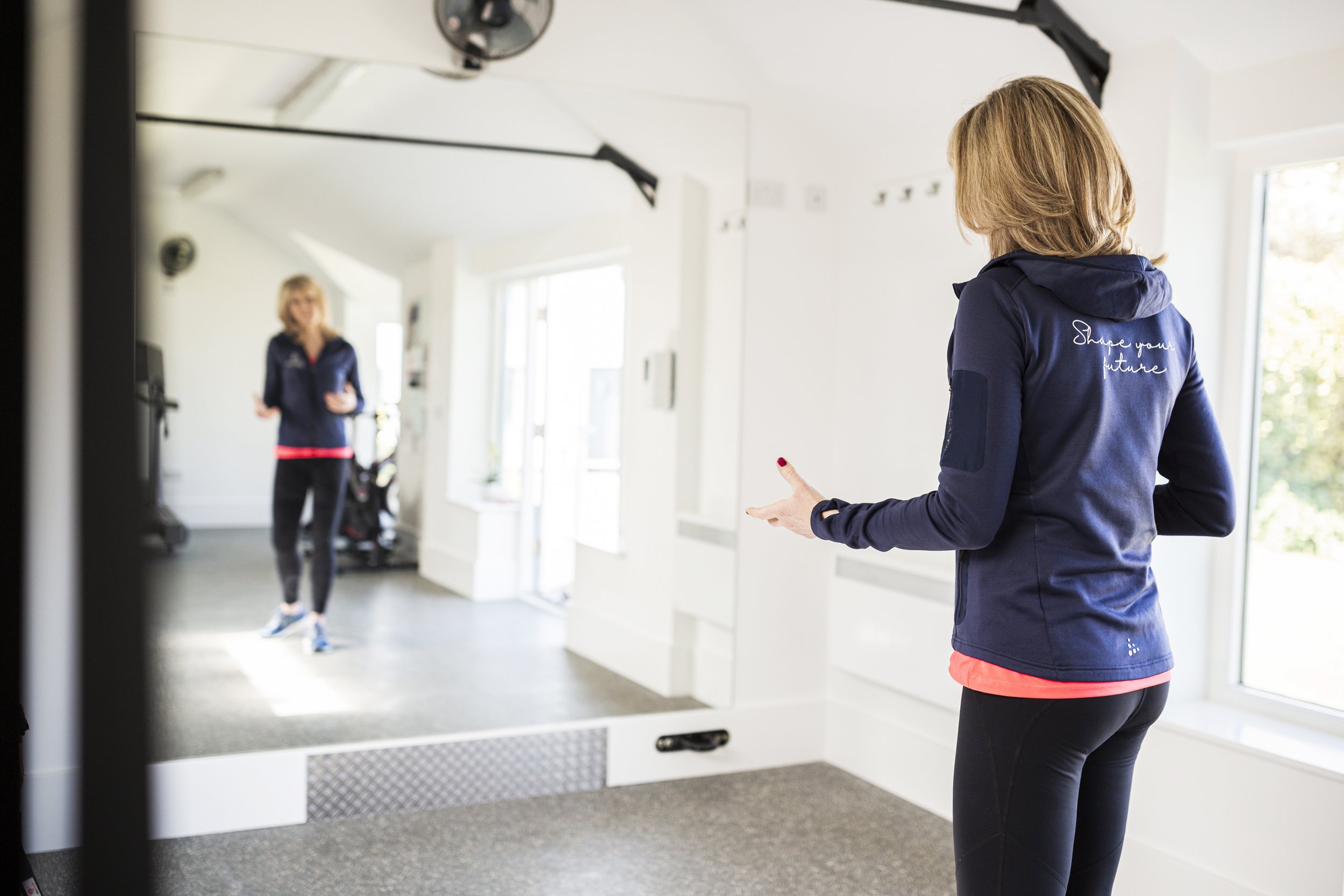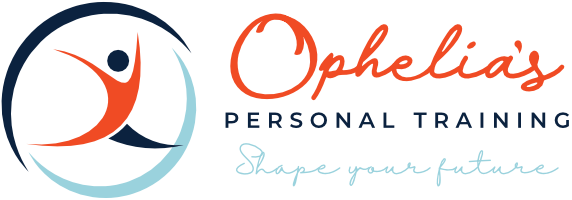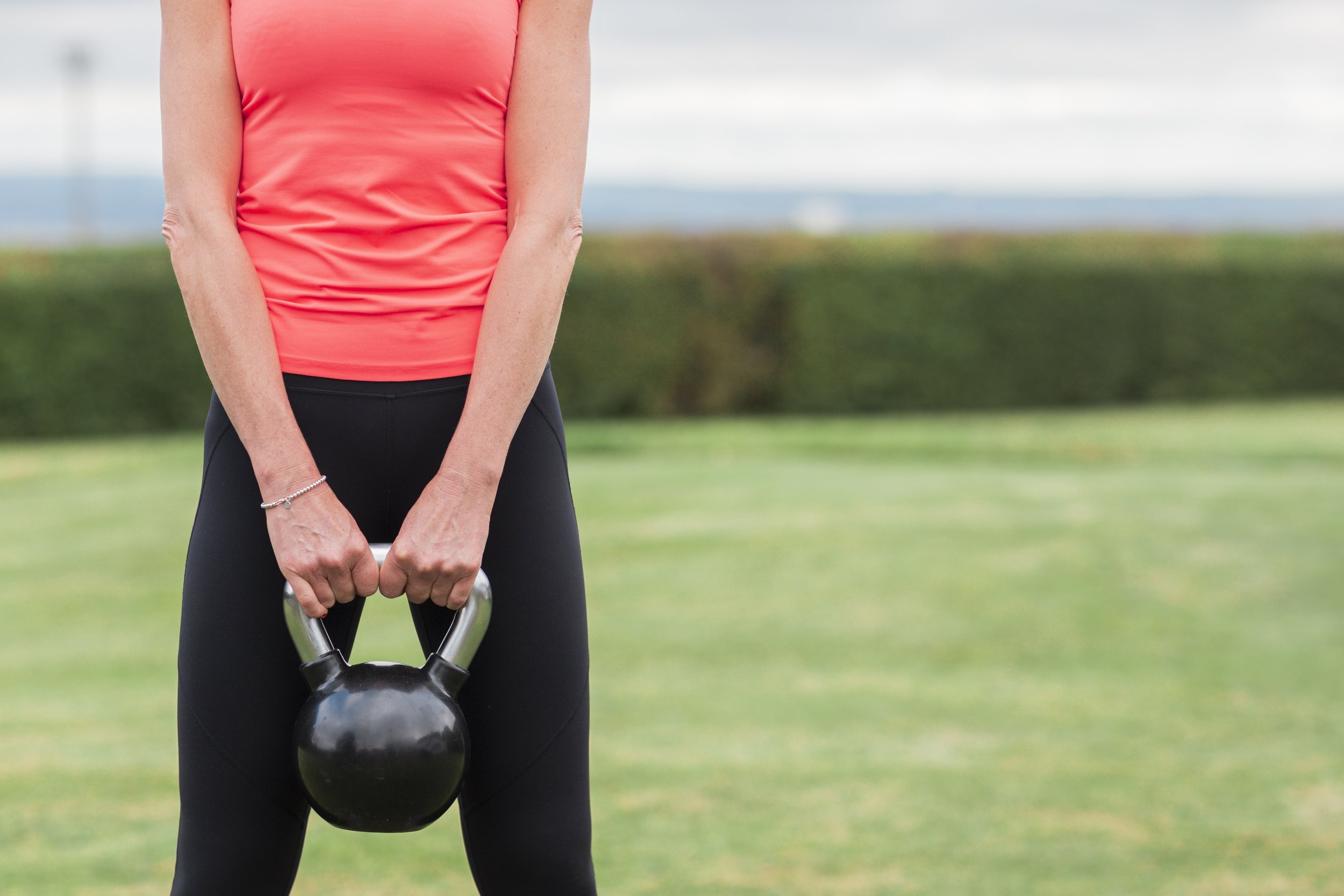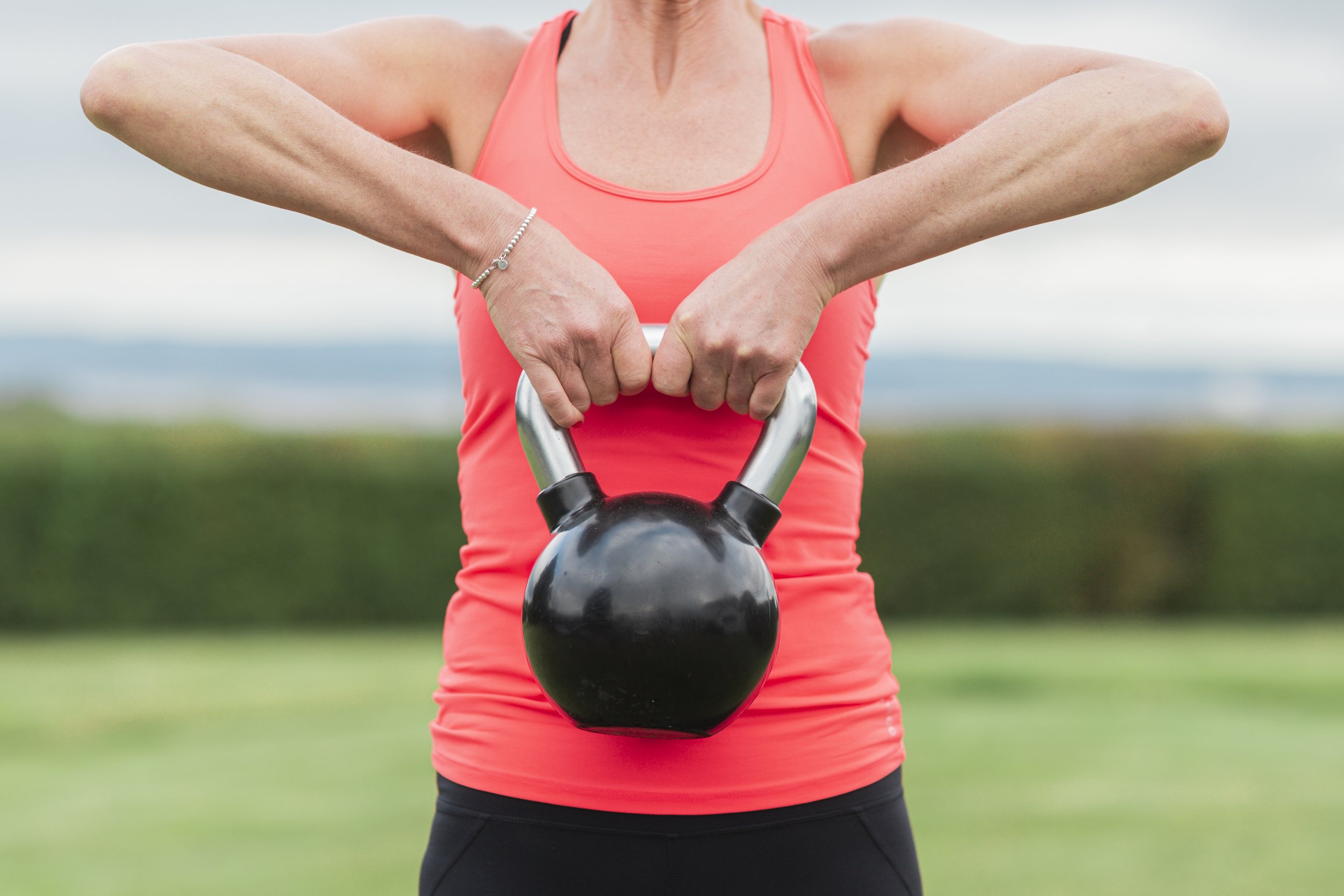
All Articles
Finding Your Path to Aging Well
At 57 my goal is to look after my health and wellbeing as well as possible. As a younger person my training emphasise cardiovascular exercise. I would describe my old self as a ‘cardio junkie’.
Cardio exercise: How much do you really need?
Not all of us want to go to the gym 5 times a week. But what if there was a way to do quick, high-intensity, 20-second exercises and still reap benefits — or does that sound too good to be true?
Unlock longevity: Dr. Peter Attia's essential strategies
Dr. Peter Attia doesn’t want a slow death. He doesn’t want his final years to be defined by poor mental and physical faculties that only worsen as the years roll by. But, by making changes to his lifestyle today, he’s taking control of his health tomorrow.
Resistance training: How to stay strong as you age
Do you feel like your muscles are shrinking or getting weaker? Many people gradually lose muscle mass as they get older.
The science behind cooling for exercise recovery.
Heather Massey of the Extreme Environments Laboratory, School of Sport, Health and Exercise Science at the University of Portsmouth, takes the heat out of recovery and talks us through the latest science behind recovery cooling.
Have you ever had back pain?
Four out of five Britons will suffer from back pain at some point and many will spend a small fortune trying to fix it, buying into the promise that practices such as yoga or Pilates will develop their spines to withstand everyday stresses.
Pelvic issues caused by spinning and cycling; How to ENJOY your cycling Pain Free.
I read the article below, brought to my attention by one of my gorgeous clients, with great interest. I would definitely agree with Dr Philippa Kaye – do not ignore pain and definitely numbness or discomfort in your pelvis region during or after cycling is not right.
Looking after your Pelvic Floor muscles
The importance of the invisible exercise: Looking after your Pelvic Floor muscles. How do you train your pelvic floor muscles (PFM) and transversus abdominis (TA) effectively?
Exercise To Be Prescribed To Cancer Patients As A New Approach.
A new pioneering approach looks to help cancer patients prepare for and respond to treatment by offering them a combination of exercise, nutrition and psychological support.
Sedentary Behaviour
The importance of regular physical activity has never been more evident, and yet the pandemic has forced us to become more sedentary than at any other time in the past 50 years.
Forget the Splits Focus on Mobility and Strength.
It’s heartening to see that ‘Scientists are questioning whether stretching is as essential as we think”. Since studying Professor Stuart Mc Gill’s work on Low Back Disorders, I have changed my approach to exercise. I used to be a fan of yoga for all.
A top trainers secret to good health and fitness
How slow can you go? It’s a question that Matt Little, a renowned trainer who worked with athletes and sports champions including the tennis player Andy Murray for 12 years, says we should all ask ourselves.
Do know how important your glute muscles are?
Strong glutes help prevent back pain and injury. Experts warn that a side-effect of too much sitting and inactivity, is that one of the biggest muscles (gluteals) in our body are becoming weak and deconditioned.
Do you believe that a week off exercise is good for you?
A ‘level of consistency’ is the key. You don’t have to be perfect all the time, that’s unrealistic. Things crop up and life often puts challenges in our way of routines such as injury or other demands on our time and attention.
Your Low Back Rehabilitation/Care Checklist
My approach to helping clients become pain free has been revolutionised by the research of Professor Stuart McGill (www.backfitpro.com) – the world’s leading authority on low back pathologies and head of Spinal Biomechanics at the University of Waterloo in Canada.
Exercising Effectively (at home) Checklist
COVID-19 has created a huge change for most people, and many of us are struggling to find the right exercise solution now. Keep in mind though, this won’t last forever, and it is forcing us to think outside the box. There is always a silver lining, we just need to find it!
Exercising Safely (at Home) Checklist
Exercising at home is great for us all. Reporting in the Journal of the American Medical Association, researchers from the US National Institutes of Health found that for an extra 4,000 steps taken in a day, the risk of dying early from heart disease, cancer and other causes drops by about 50 per cent.
Start your journey
Lorem ipsum dolor sit amet, consectetur adipiscing elit, sed do eiusmod tempor incididunt ut labore et dolore magna aliqua.
















